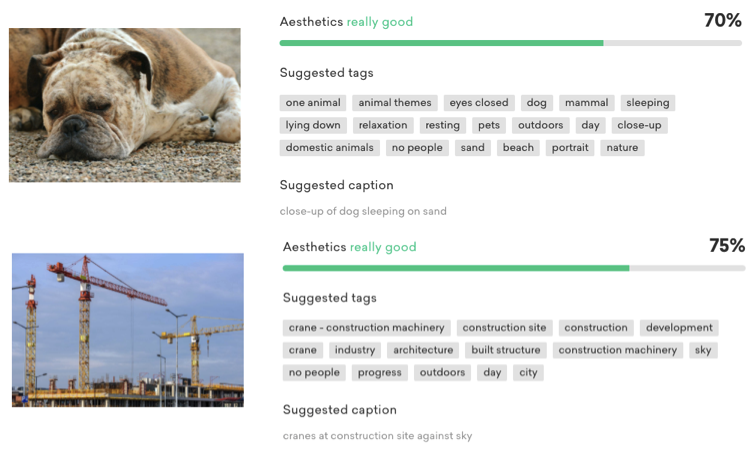
Hi, I’m Rolf, CEO at Communication Pro.
All companies work with digital assets (images, videos, presentations) but most professionals have never heard of digital asset management (also known as DAM). It’s quite a handy tool to consider as part of your operations, so I thought today I’m going to give some insight into it.
Typical reasons why companies need a DAM solution
Does it take unreasonably long to find the right image for your campaign, social post or sales pitch? You simply can't find your valuable content. Do you lack overview of how your digital content is being used across different regions?




